In August of this year, Binance Labs announced a strategic investment in the Layer2 network AltLayer. What makes this project different from other Layer2 networks? Why has it attracted the attention of top market institutions?
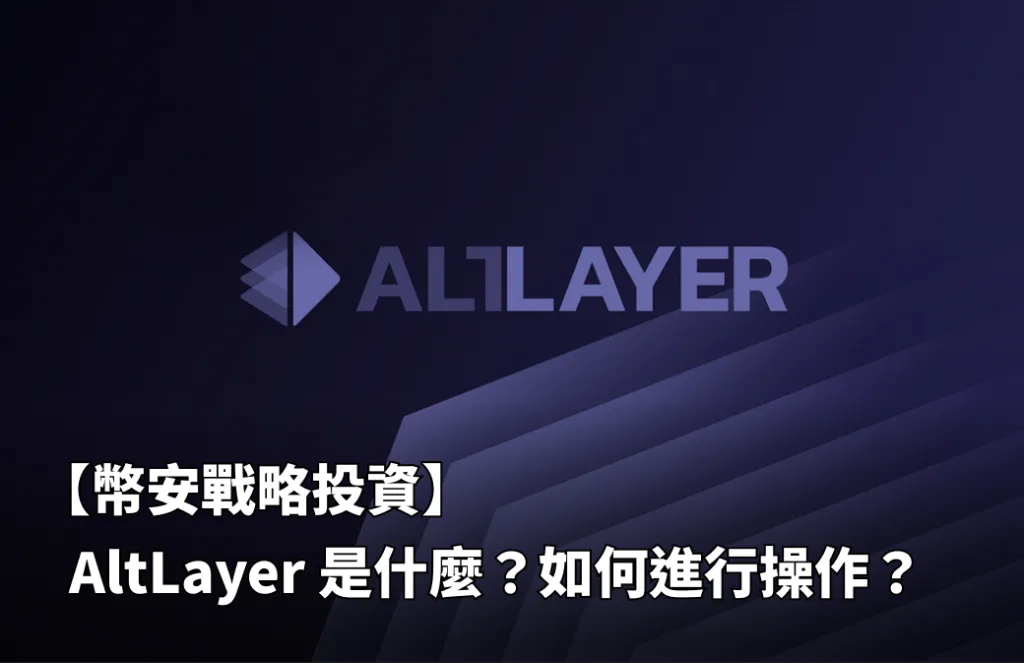
What is AltLayer?
AltLayer is a decentralized and scalable Rollup-as-a-Service (RaaS) protocol that provides highly scalable application-specific execution layers (Flash Layer) for application developers.
In simple terms, developers can quickly deploy application-specific Rollups in the blockchain world within minutes using AltLayer's launchpad or control panel by simply clicking a few buttons and configuring parameters, creating a "Rollup service" platform.
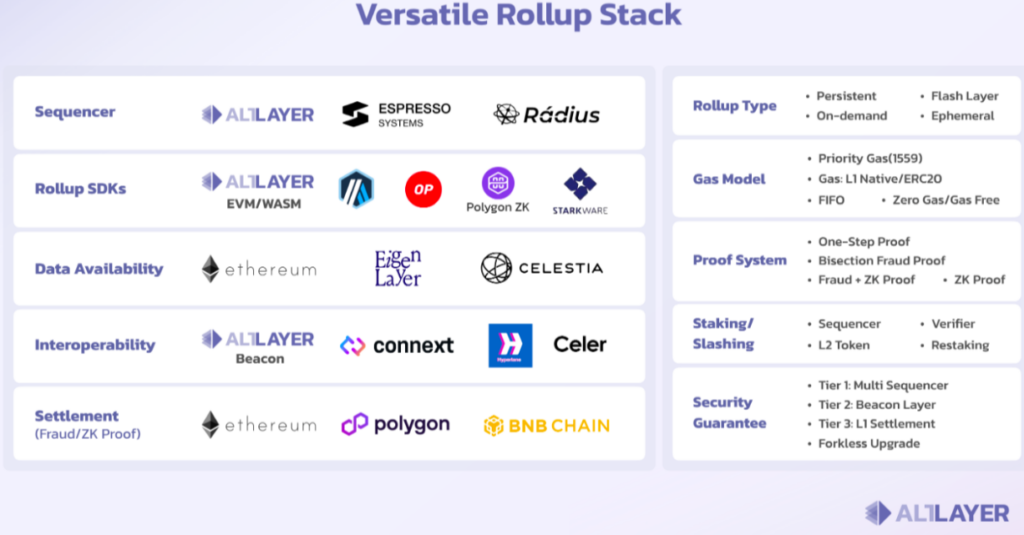
Why do we need AltLayer?
During a bull market, whenever there is an NFT sales event, the network often experiences a surge in usage, leading to a significant increase in Ethereum gas fees and a substantial delay in transaction confirmations.
At this time, the presence of the AltLayer network can temporarily help Ethereum expand its network capacity, increase transaction speed, reduce gas costs, and once the sales event ends, the Ethereum network will return to normal.
Therefore, the reason for using AltLayer is that these popular projects based on Ethereum do not need to move due to network congestion and can continue to enjoy the benefits of the Ethereum ecosystem.
In addition, AltLayer not only supports Ethereum but is also compatible with other blockchains. It acts as a modular expansion solution, providing temporary network expansion for different blockchains, which will be a great boost for the development of the blockchain ecosystem!
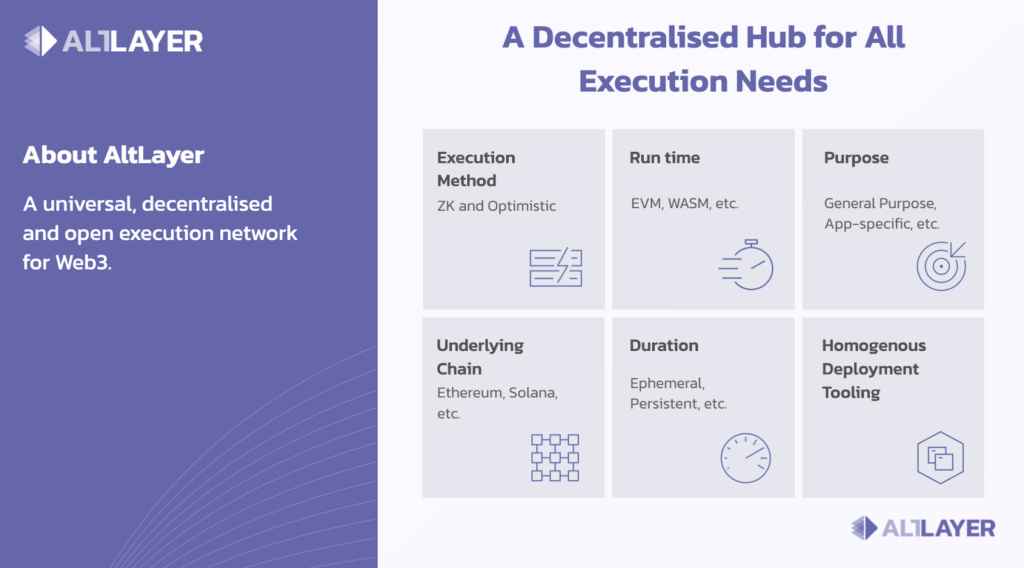
Features of the AltLayer network
The AltLayer network shares similar characteristics with other Layer2 networks:
Zero-knowledge proof technology: AltLayer uses a forward-looking zero-knowledge proof protocol to ensure the privacy and security of transactions, without revealing any transaction details.
Almost zero transaction costs: Transactions on the AltLayer network do not require high gas fees, and transaction costs are close to zero. This allows applications to conduct small transactions without considering costs.
Mainnet-level security: The AltLayer network inherits the security of the Ethereum mainnet, and all assets are protected by the mainnet.
Extremely high throughput: In theory, AltLayer can process tens of thousands of transactions per second, which is unmatched by other Layer 2 solutions. This allows more high-frequency trading applications to use the AltLayer network.
Compared to other Layer 2 solutions, the AltLayer network has the following unique advantages:
Ease of use: AltLayer can not only serve as Ethereum's Layer 2, but can also support other blockchains in the future, allowing for customization for specific applications, becoming a cross-chain Layer 2 solution.
Flexibility: AltLayer allows developers to start and stop execution layers as needed, thereby improving resource utilization.
Compatibility: AltLayer supports EVM and WASM, and can interoperate with all EVM and WASM compatible chains.
No code required: The platform's dashboard can help users deploy different types of Rollups in just 2 minutes without the need for any technical coding.
Wasm is a new type of code that can be executed in modern browsers, supporting more traditional programming languages such as Rust, C, C++, and JavaScript, and can also be used for non-blockchain projects and browser extension applications.
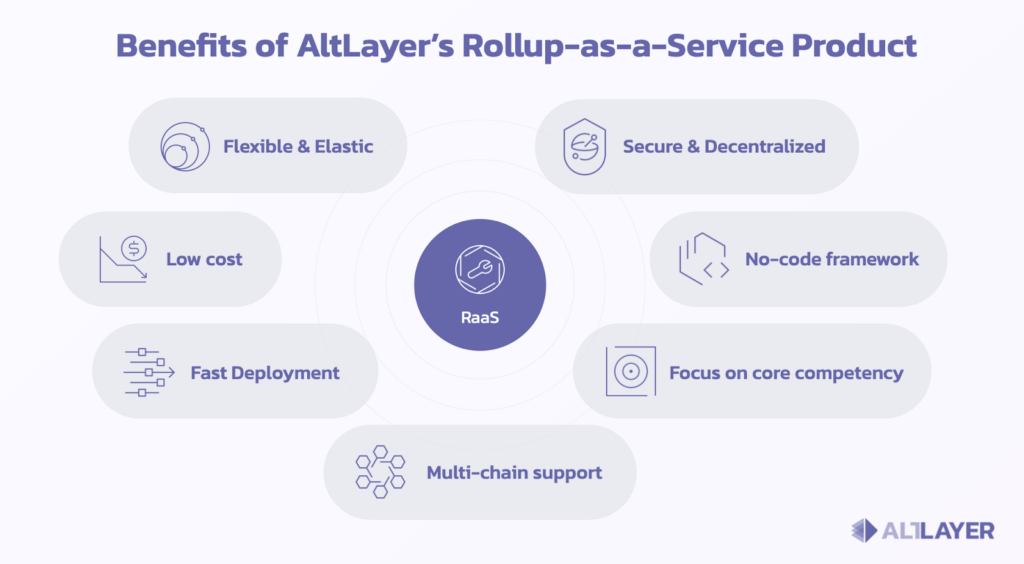
AltLayer token airdrop?
As of now, AltLayer has received funding from Binance Labs, Polychain Capital, Breyer Capital, and Jump Crypto. Overall, given that AltLayer has received investment from Binance and is a public chain-level project, there is a relatively high potential for airdrop opportunities.
Since AltLayer is still in the testnet phase, users can take advantage of the current low level of attention to try out the related ecosystem more and increase their chances of receiving airdrops. For detailed operations, please refer to the tutorial provided below.
How to claim test tokens and perform cross-chain bridging
Go to Chainlist.
Connect your wallet and add the Sepolia test network (Chain ID: 11155111).
Claim test tokens ETH, MSEQ, and test NFT MSNFT.
Test ETH: Go to website 1 or website 2 and enter your wallet address to claim test ETH (registration is required for both, and registration may fail at times, if it fails, try the other).
Test MSEQ: Claim MSEQ at this website.
Test NFT MSNFT: Mint at this website, requires test ETH to mint.
Go to the official cross-chain bridge, select the type of asset you want to cross-chain, and cross-chain the test tokens to the Multi Sequencer Testnet L2.
Further reading: Metamask tutorial, registration, trading, deposit, withdrawal all in one go!
Note that if you want to cross-chain the test NFT, you need to enter the NFT ID. Users can search for their wallet address on the blockchain explorer and find the NFT minting record to query the ID.

AltLayer Rollup launchpad Interaction Method
The biggest feature of AltLayer is its Rollup service platform. Below is a step-by-step guide on creating a Flash Layer in AltLayer's Dashboard:
Go to this website to claim ETH tokens on the GOERLI test network.
Note: You can only claim once every 24 hours, and sometimes there may be failures due to too many claimants.
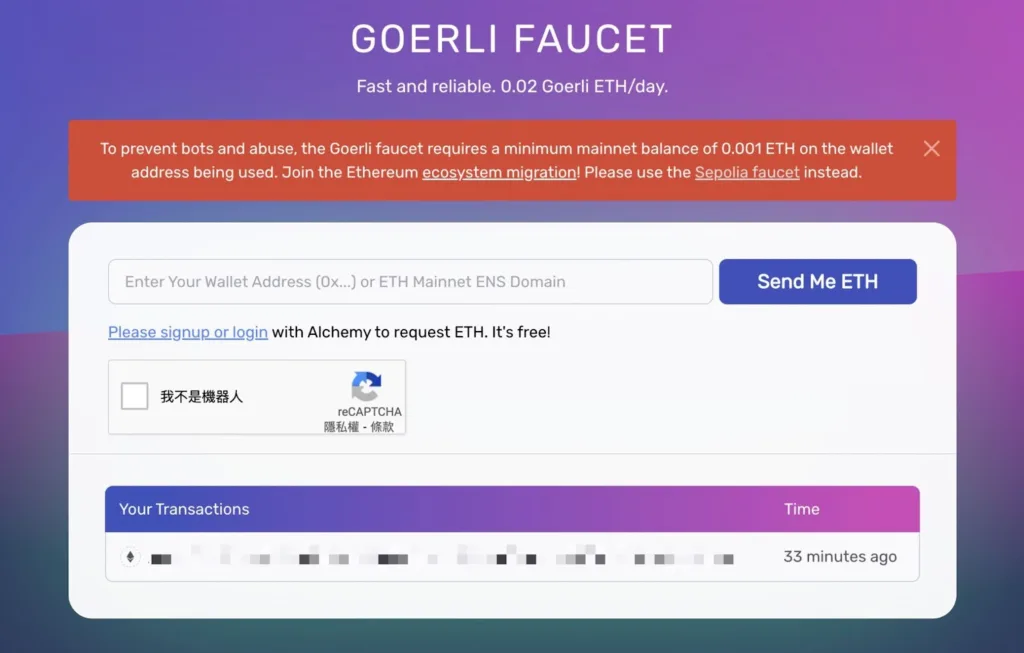 2. Claim rETH or sETH
2. Claim rETH or sETH
You will need rETH or sETH later on. Choose one of the two, and a minimum of 0.012 is required. Here's how to claim:
- rETH: Simply send ETH to: 0x1643E812aE58766192Cf7D2Cf9567dF2C37e9B7F
- sETH: Stake ETH on Rocketpool to obtain sETH
- Staking
- Go to the eigenlayer website
- Choose Rocket Pool Ether (rETH) or Lido Staked Ether (sETH) for staking, with a minimum input of 0.012
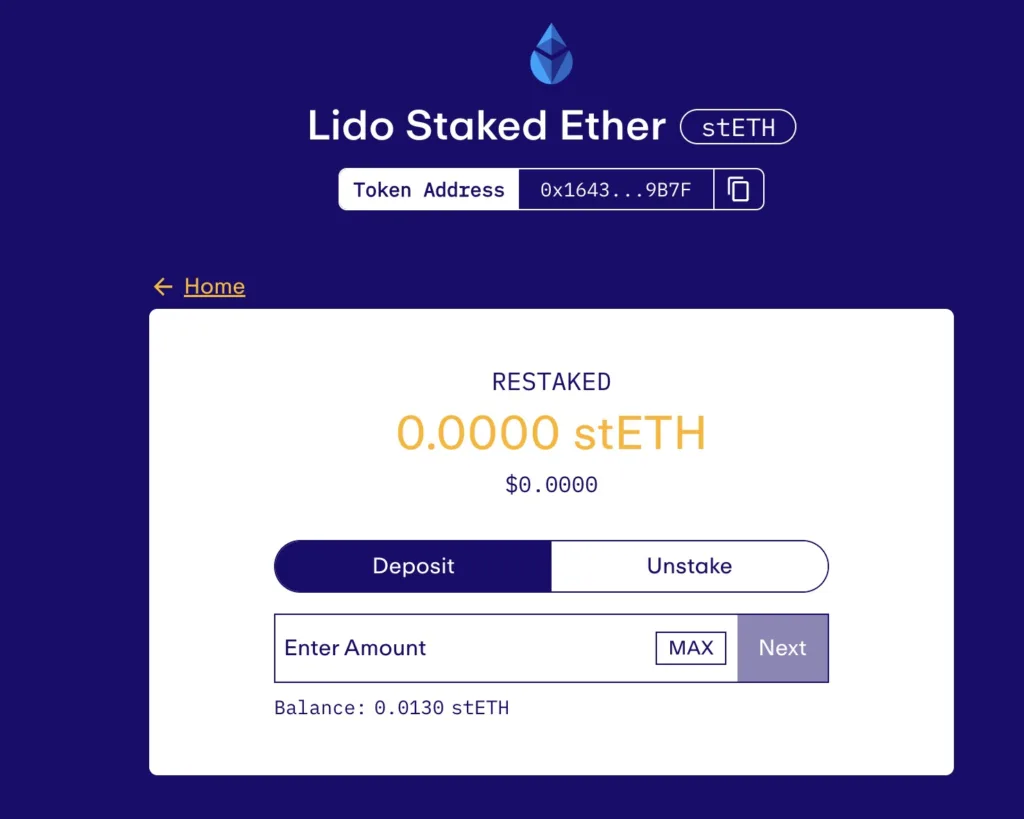 4. Create Flash Layer
4. Create Flash Layer
- Go to AltLayer Dashboard (login required)
- Select Restaking Trial
- Enter the Flash Layer name
- After completion, scroll to the bottom, select Validate address ownership, and create
- Wait for the status to change from Queued to Active to complete the process!
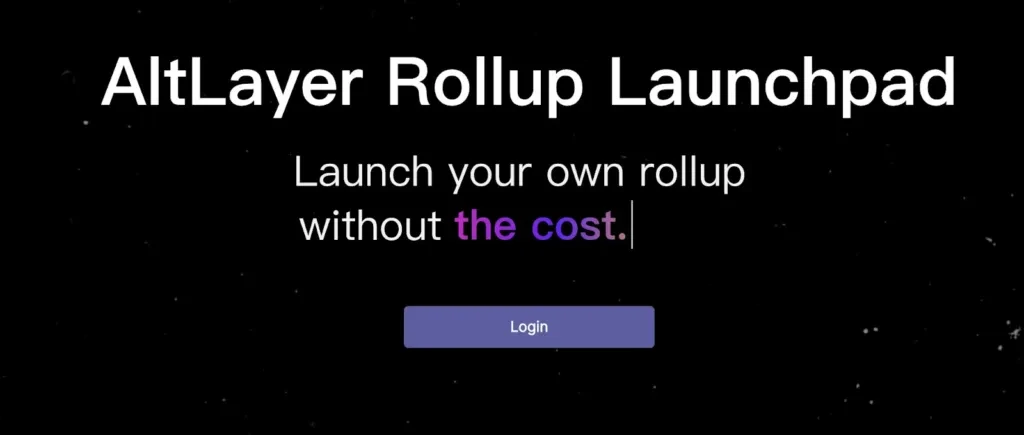
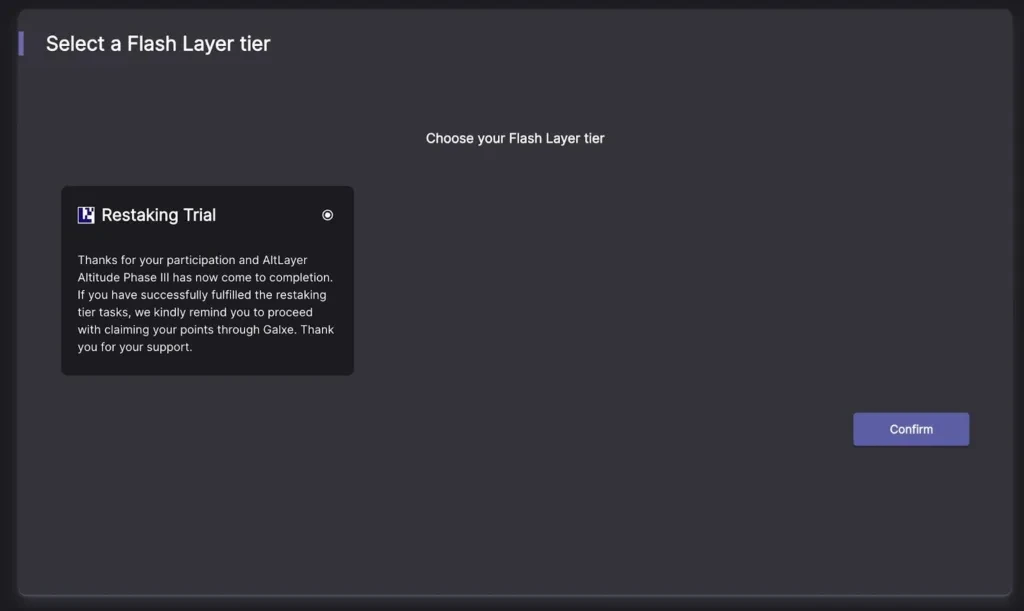
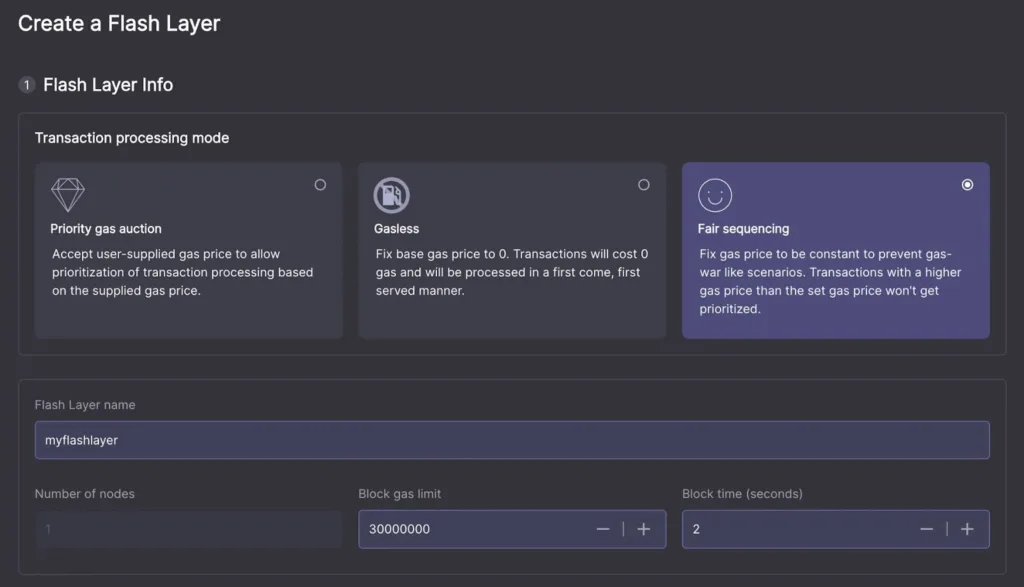

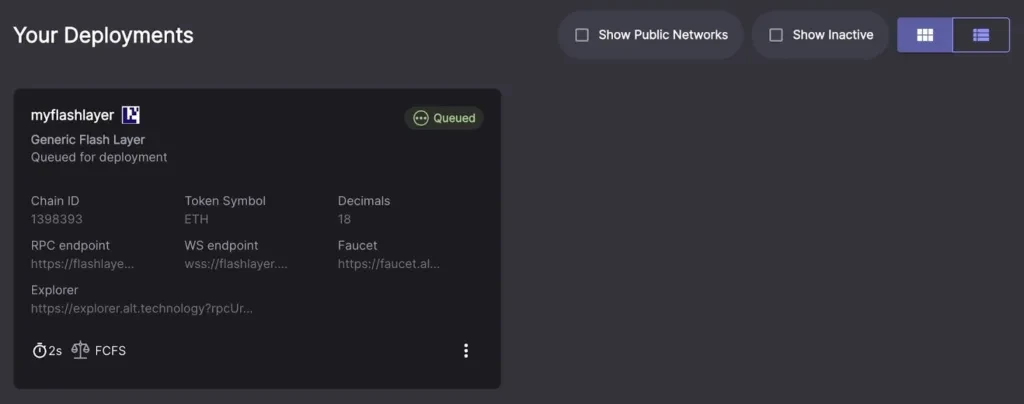
Conclusion
AltLayer's official website occasionally hosts related point-based activities on Galxe. Users can earn points by completing specific tasks, such as the Flash Layer creation mentioned above (activity has ended), which may be one of the considerations for future airdrop standards.
In addition, users can also participate in the official Discord community to find out about any recent testing activities. Compared to other Layer2 networks, AltLayer's testing methods are different, so interacting more with the community may lead to some unexpected surprises!
免责声明:本文章仅代表作者个人观点,不代表本平台的立场和观点。本文章仅供信息分享,不构成对任何人的任何投资建议。用户与作者之间的任何争议,与本平台无关。如网页中刊载的文章或图片涉及侵权,请提供相关的权利证明和身份证明发送邮件到support@aicoin.com,本平台相关工作人员将会进行核查。




